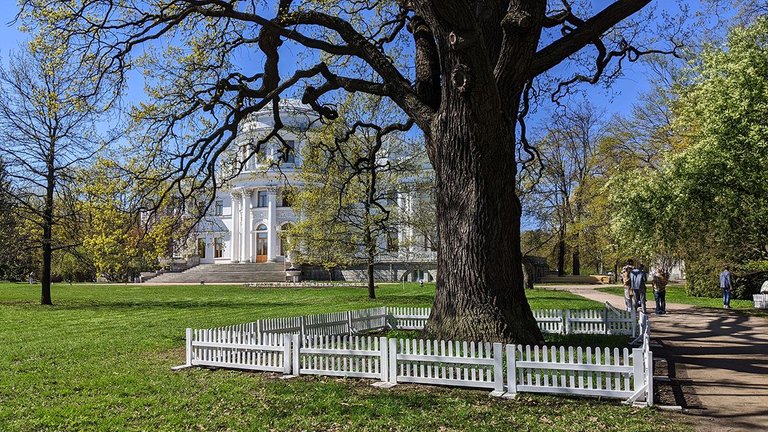
I crossed the bridge over the Middle Nevka River and headed towards Yelagin Palace. The whole Yelagin Island is a huge park, but the eastern part of the island is separated. It is the oldest part of the park and is called ‘The Empress's Own Garden’. The layout of this part of the garden was developed with special care, each path was the result of a long labour of gardeners, the paths divided the garden into separate sectors.... I turned to this part of the park to approach the old oaks.
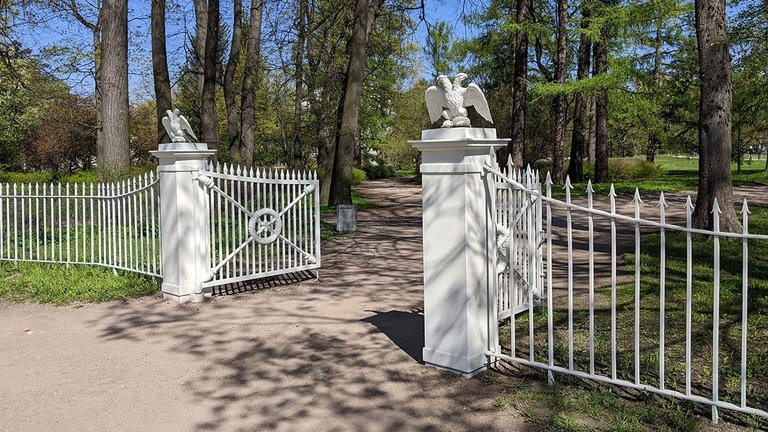
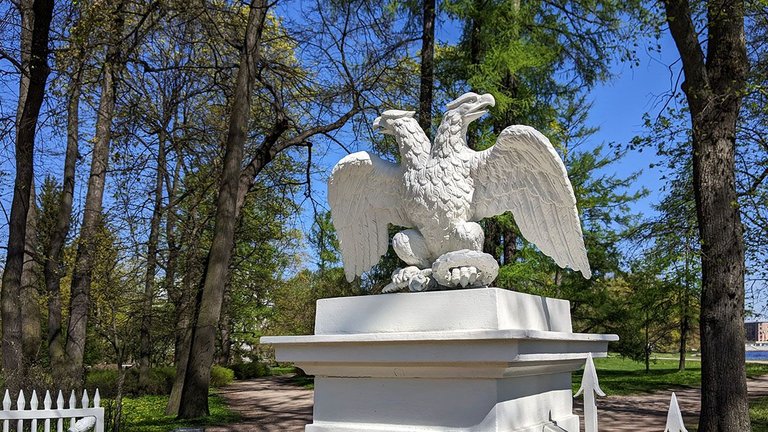
The territory of the Own Garden is separated from the rest of the park by a low white fence decorated with sculptures of two-headed eagles. The gate to the garden is always hospitably open. From the gate I head towards the Yelagin Palace. The eastern facade of the palace faces the Middle Nevka River. The Middle Nevka is not a wide river, and the palace is clearly visible from the opposite bank. Yelagin Palace was built for the mother of Emperor Alexander I, now the palace houses a museum.
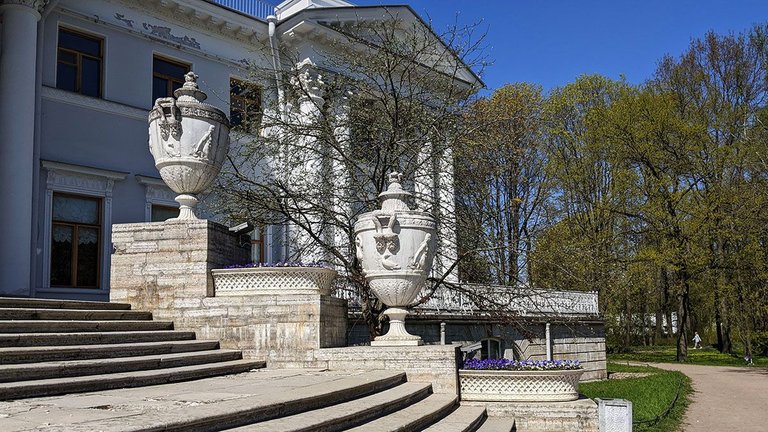
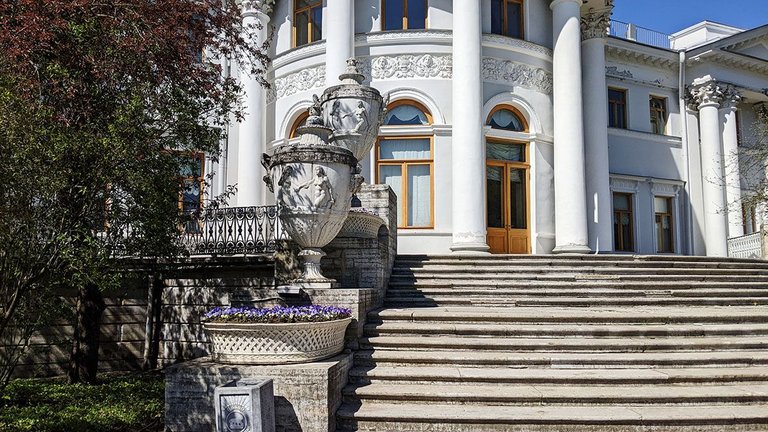
The left border of the picturesque glade in front of the palace facade is framed by sprawling oaks. Fresh foliage has already appeared on the trees, and it can be seen that the old oaks have safely survived another winter. The old trees are surrounded by their own low fences for better protection. The enthusiasm of tourists can be destructive: the trampled earth stops breathing freely and the natural processes in the biocoenosis stop.
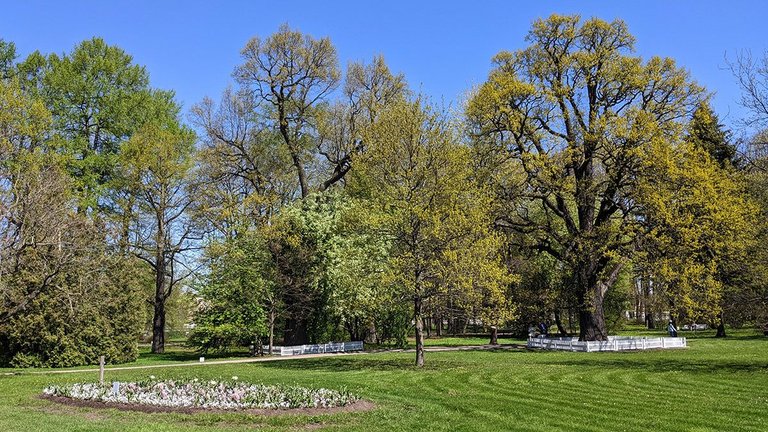
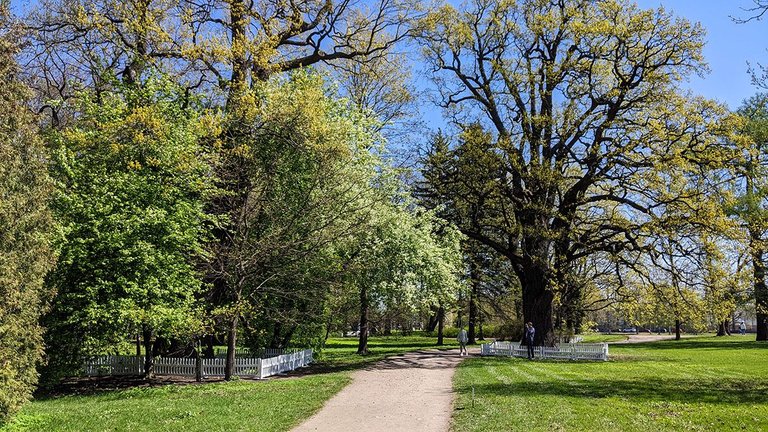
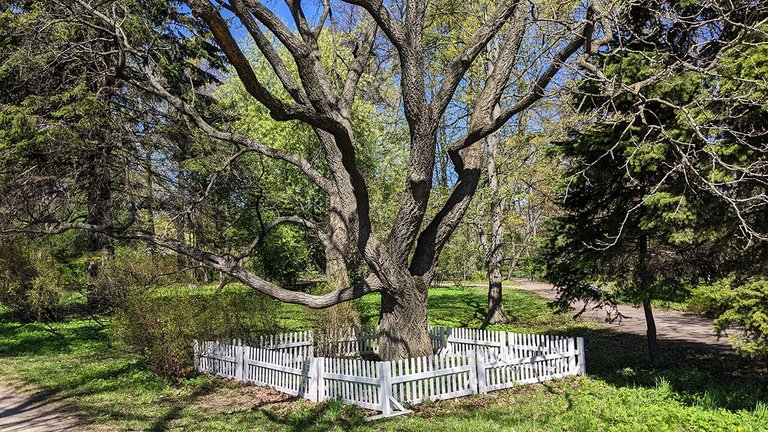
The oldest oak tree in this glade has its own name. It is called ‘Yelagin Island Guardian’. According to legend, this oak was planted by the first owner of the island - many decades before Emperor Alexander I ordered to build a palace here. The diameter of the trunk of this oak is more than 1.5 metres. Apart from this oak, several other old trees are surrounded by fences.
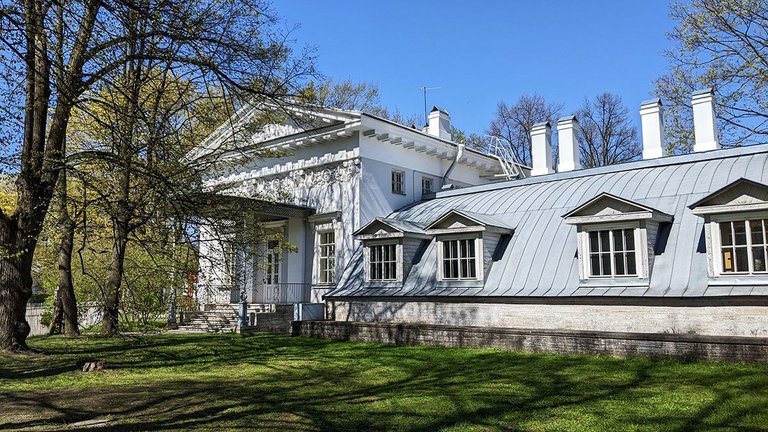

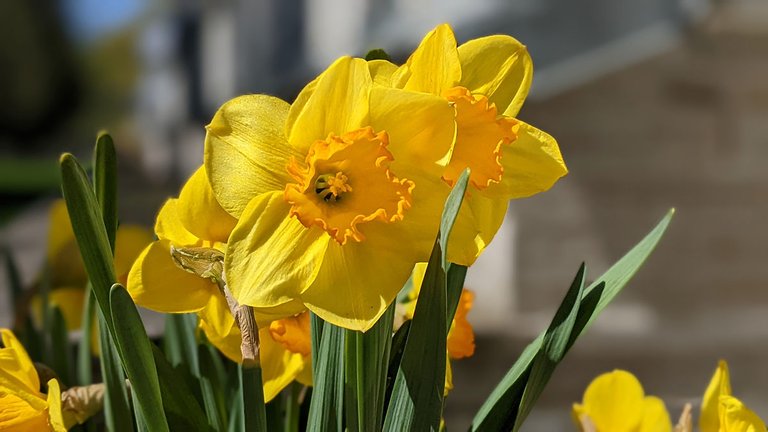
From the clearing with oaks I continued along the alley parallel to the river bank and soon came to the greenhouse building. The orangery was built by the architect Carl Rossi in the same years as Yelagin Palace, i.e. in the first third of the 19th century. The building has a complex layout: stone two-storey buildings are connected with each other by long one-storey galleries, in which greenhouses are located. The stone two-storeyed buildings were residential, they housed the rooms of the heir and grand dukes. The greenhouse building bounds the Empress's Own Garden from the northern side.
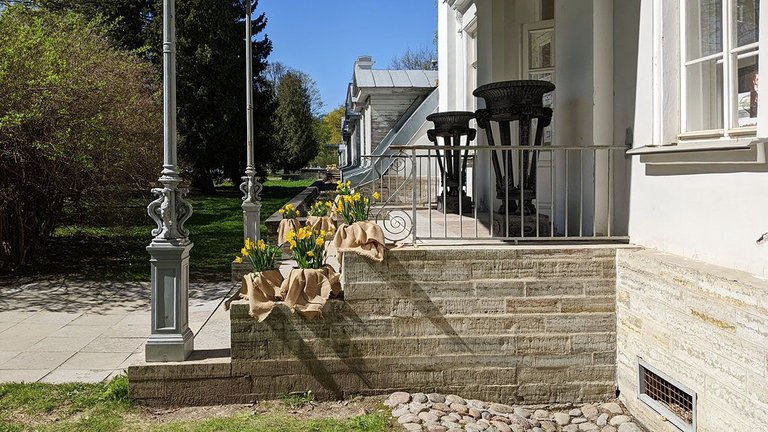
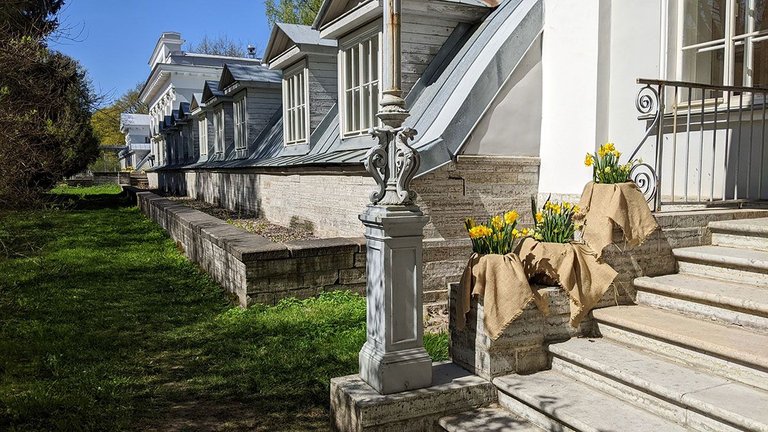
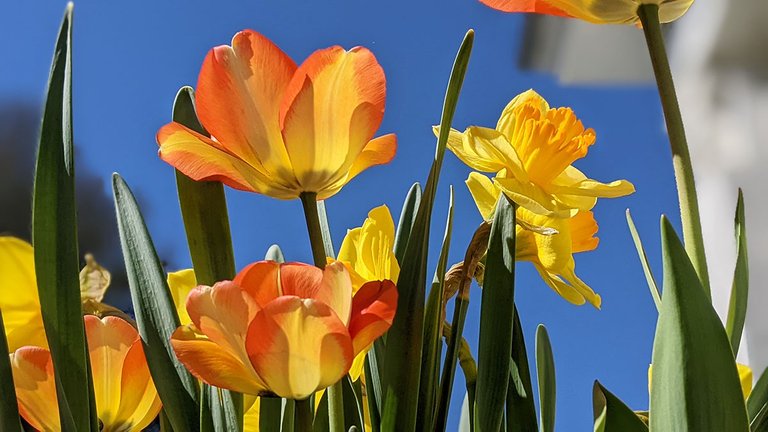
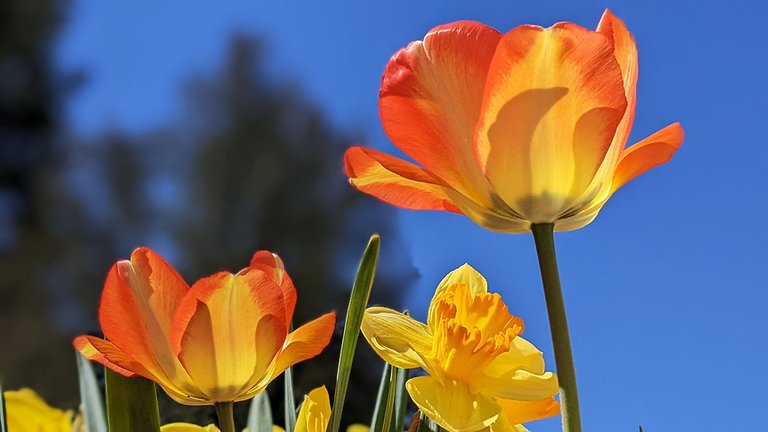
| ○ | ○ |
|---|---|
| Smartphone | Google Pixel 3a |
| Location | Saint Petersburg, Russia |
This is my entry for the #WednesdayWalk challenge by @tattoodjay.


